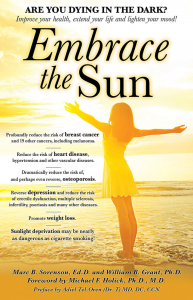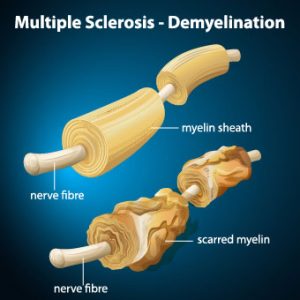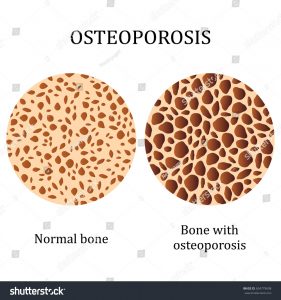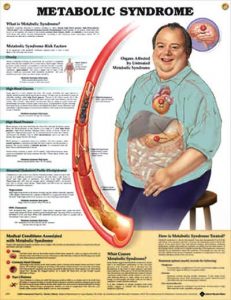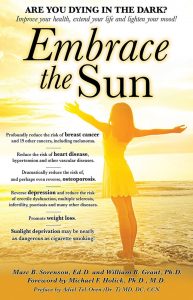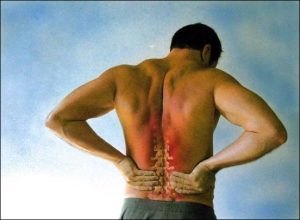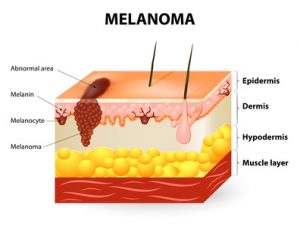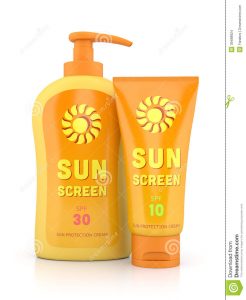An infant breakthrough! Our babies need sunlight! By Marc Sorenson, EdD
An infant may return to the sun due to exciting new research from Australia.[1] The researchers surmised that vitamin D deficiency might explain the high rates of infant allergic diseases. They specifically measured infant eczema. Eczema and other allergic diseases are common in areas of industrialization and high latitudes. Thus, eczema could indicate low vitamin D levels. The researchers made this statement: “Suboptimal vitamin D levels during critical periods of immune development have emerged as an explanation for higher rates of allergic diseases associated with industrialization and residing at higher latitudes.” That seems like wisdom, yet, as you’ll see, they turned out to be wrong.
The infant study: UV light or vitamin D?
So, the researchers set out to determine the effects of early-life vitamin D supplementation on infant allergy prevention. In addition to supplementation, they also outfitted some infants with a dosimeter to also measure UV exposure. This group was compared to a placebo group. In addition, each infant was assessed from birth until age six months. This was done because about 90% of vitamin D is produced by sun exposure to the skin. Vitamin D is an important photoproduct of sunlight. And I opine that sun exposure is of much greater importance. Why? Because sun exposure and its UV light lead to the production of many essential photoproducts beyond vitamin D. Also, a high vitamin D level may simply be a surrogate measurement for sun exposure in some cases. Consequently, other photoproducts such as nitric oxide, serotonin, endorphins, dopamine, BDNF and many others may be the health givers. (For a list of more photoproducts, see my last blog, called Holistic Sun). An infant may need all that the sun can provide, including vitamin D.
The results for infant eczema risk
The results were surprising to the researchers but not to me, based on the facts stated in the above paragraph. So, infant vitamin D levels were greater for the supplemented group than the placebo group.at three and six months, That seems like an expected outcome. Most noteworthy, however, was that there was no difference in eczema incidence between infant groups. And also especially relevant was the fact that those who showed the most UV (sun) exposure had the least risk. In addition, the children with eczema had only a bit over half the UV exposure. Vitamin D simply made no difference to eczema.
The researchers’ conclusion regarding infant eczema
Therefore, the researchers wrote the following: “This study is the first to demonstrate an association between greater direct UV light exposures in early infancy with lower incidence of eczema and pro inflammatory immune markers by 6 months of age. Our findings indicate that UV light exposure appears more beneficial than vitamin D supplementation as an allergy prevention strategy in early life.”
In conclusion, UV exposure from sunlight, tanning lamps or tanning beds is far more important that vitamin D per se. And sun exposure also produces vitamin D in the way God (or nature if you prefer), intended. Why should we accept one pill containing vitamin D, when we can obtain the entire package of photoproducts with UV-containing sunlight? For more information on sunlight, eczema and psoriasis, read my new book, Embrace the Sun, Available at Amazon. Also read my previous blog, Holistic Sun.
[1] Rueter K, Jones AP, Siafarikas A, Lim EM, Bear N, Noakes PS, Prescott SL, Palmer DJ. Direct infant UV light exposure is associated with eczema and immune development. J Allergy Clin Immunol. 2018 Oct 15. [Epub ahead of print]


